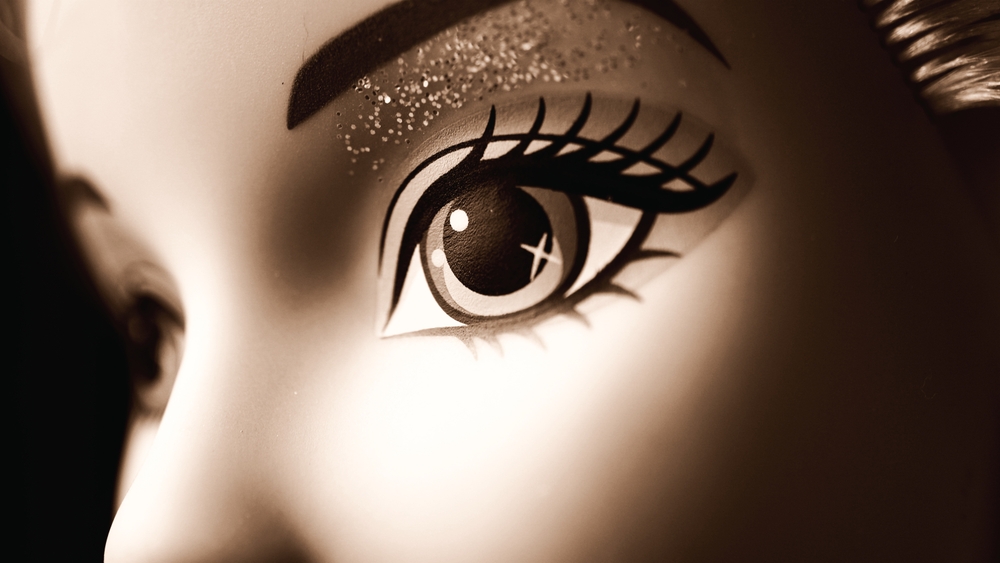“Barbenheimer” took control of the summer of 2023, stirring up lots of attention on social media. Although they seem drastically different at first, the themes of regret, despair, accomplishment, and existential dread are prevalent in both films. The two films shared a release date and, through marketing, allowed audiences to experience a film they wouldn’t have thought about had it not been paired with the other. These two films united audiences into reviving cinema, and left viewers in awe of the extent to which a film can capture human emotion.
Barbie started in 1959 as the “Do It All Woman”. She was created with the intent of empowering women to do what they were passionate about. A beacon of hope, Barbie showed young girls that having ambition was not a masculine trait, and owning your femininity was not accepting workplace defeat. Because of this, Barbie became the preferred doll, she was in a league of her own. Almost every other doll marketed towards girls were baby dolls, forcing the little girls to play as mothers. When Barbie came, and the girls were able to see themselves as a ballerina, a nurse, or a fashion designer, her popularity skyrocketed.
Unfortunately, as the initial consumers of Barbie grew up, the little girls who idolized the doll began to turn on her. Barbie’s fatal flaw is that she’s not relatable in any way. She doesn’t feel like a woman, she is completely unaffected by the struggles real-life women face. In fact, she is completely unaware of everything. Women turned on Barbie because Barbie doesn’t offer any character, any substance besides an impossible beauty standard and flimsy goals. Until this year, Barbie stood long and lean as the embodiment of the male gaze, pretty and thoughtless, the antithesis of second wave feminism.
That is, until director Greta Gerwig and actress Margot Robbie entered the scene. Robbie bought the rights to Barbie from Mattel in 2018, and the resurrection of Barbie began. Gerwig and Robbie worked closely from the beginning of this project to bring a doll with supposedly no inner workings to life. Gerwig addresses the grievances of Barbie’s lacking character from the audience within the first 15 minutes of the film. Gerwig admits the audience was right, Barbie really was unaware. It’s this unawareness that shrouds Barbie from reality, allowing the audience to forgive her. Barbie thought there were no struggles for women in the real world, until she visited it herself.
“Barbie” covers themes of despair, overcoming adversity, and self-determination. Through both comedy and emotion, “Barbie” provides a commentary on how our society treats women and how the patriarchy harms everyone, including men. The female audience can connect with Barbie as she comes to the realization that women are not entirely equal to men in the real world, and she crumbles. Gerwig even includes a “flipped then unflipped” patriarchy, where kens are reliant on barbies, until Ken realizes men are favored in the real world. He then promptly reverses things in Barbieland, which brings the film to its climax, it’s up to Barbie to fix the situation with a heartfelt conversation. Barbie imparts her wisdom on Ken, bringing them both down to earth and encouraging independence; for everyone to experience self-reliance and discovery.
“Oppenheimer,” while expressing similar philosophical ideas as Barbie, delves into the darker side of these concepts. The film truly has two climaxes, when the bomb successfully goes off for the very first time, and an interrogation scene of J. Robert Oppenheimer. “Oppenheimer” brings about dozens of philosophical questions, and makes no attempt to offer solace to the viewer, leaving them to contemplate the answers on their own time. “Oppenheimer” also features a distressed title character, facing very similar challenges as Barbie, feeling small and insignificant in the face of an overwhelming problem. For Barbie, this ends with an uplifting tone of growth, the same cannot be said for “Oppenheimer.”
The film concludes on a rather low note, with Oppenheimer regretting his decision but having no power to reverse it. Oppenheimer is ousted from any form of honor and status he previously held, and the audience is not quite sure if they feel bad for him or not. He struggles throughout the entire film with moral dilemmas, and there is no closure. Oppenheimer destroyed millions of lives, the audience shouldn’t feel any remorse in watching his downfall. Yet they are confronted with a man who has lost everything in his life, and never truly felt comfortable with the destruction he was creating; he acted out of pressure. The audience is placed into his shoes, would you have acted differently? What if you thought you were doing the right thing? Where Barbie leaves the audience uplifted and educated, “Oppenheimer” leaves the viewer disturbed and educated. Two sides of the same coin.
Director Christopher Nolan uses camera angles, speed, and lighting to create sympathy for the character. In scenes where our titular character is overwhelmed with regret for his actions, Nolan uses dutch tilts, flashing lights, quick cuts, and varying volume levels to place the viewer into the mind of J. Robert Oppenheimer, overloading the audience’s senses. By the end of the film, the audience is rooting for Oppenheimer simply because they feel like they are him. Nolan also uses redeeming scenes like Oppenheimer going to the President’s office and begging him not to detonate the bomb on Japan, and being berated in response.
“Barbie” and “Oppenheimer” both tackle heavy topics,and leave the audience with an opportunity to reflect on themselves and their actions. Both films attempt to redeem a seemingly irredeemable character, brainless Barbie who doesn’t care about real-life women, and heartless Oppenheimer who didn’t pull the trigger, but created it. With similarities in tone and morality, one can easily see why “Barbie” and “Oppenheimer” compliment each other so well, they are parallel stories.













